Are you applying suntan lotion incorrectly?
New study warns that sunscreen users are getting less than half the protection they expect
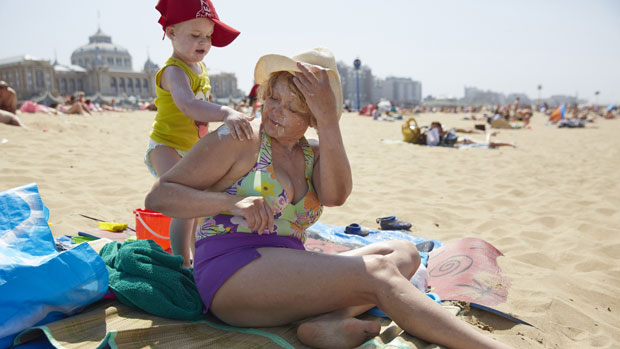
Sunscreen users are being urged to take more care when applying lotions in order to properly protect their skin, as temperatures continue to soar across the UK.
A new study has found that while using sun protection factor (SPF) 15 sunscreen should be enough to stop sun damage in theory, many people put on sun lotions and creams too thinly or unevenly for them to be effective.
“In reality, people need SPF 30 or 50 to be safe, say the study authors, who carried out experiments with volunteers in their lab”, reports the BBC.
The Week
Escape your echo chamber. Get the facts behind the news, plus analysis from multiple perspectives.

Sign up for The Week's Free Newsletters
From our morning news briefing to a weekly Good News Newsletter, get the best of The Week delivered directly to your inbox.
From our morning news briefing to a weekly Good News Newsletter, get the best of The Week delivered directly to your inbox.
“There is no dispute that sunscreen provides important protection against the cancer-causing impact of the Sun’s ultraviolet rays,” said Professor Antony Young, who led the study at King’s College London.
“However, what this research shows is that the way sunscreen is applied plays an important role in determining how effective it is.”
How much suntan lotion should you use?
SPF ratings are “based on the assumption that a 2mg blob will cover 1 sq cm of skin”, according to BBC.
A free daily email with the biggest news stories of the day – and the best features from TheWeek.com
But previous research has found that users typically apply between 20% and 60% of the amount needed to achieve the advertised SPF, reports The Independent.
Factor 50 lotion applied in the typical way would, at best, provide less than half of the expected protection, the new study found.
For proper coverage, you need to apply at least six full teaspoons (36g) to cover the body of an average adult, with more than half a teaspoon each for the face, neck and the ears, and for each arm. More than one teaspoon should be applied to each leg, the chest and abdomen area, and the back.
It is also important to reapply sunscreen as required. Most lotions should be reapplied at least every two hours and immediately after swimming, says the BBC.
The British Association of Dermatologists (BAD) recommends putting on sunscreen between 15 and 30 minutes before going out into the sunshine, to give it time to dry, and topping up again shortly after heading outdoors, to cover any missed patches.
What factor suntan lotion should you go for?
The NHS states that when buying sunscreen the label “should have a sun protection factor (SPF) of at least 15 to protect against UVB and at least four-star UVA protection”. UVA, or ultraviolet A radiation, protection can also be indicated by the letters “UVA” in a circle, which indicates that it meets the European Union standard, the site adds.
Consider your surroundings too. According to BAD statistics, the reflection of the Sun’s rays can increase the power of the radiation by up to 85% in snow, 17% in sand and up to 5% in water.
-
 What do heatwaves mean for Scandinavia?
What do heatwaves mean for Scandinavia?Under the Radar A record-breaking run of sweltering days and tropical nights is changing the way people – and animals – live in typically cool Nordic countries
-
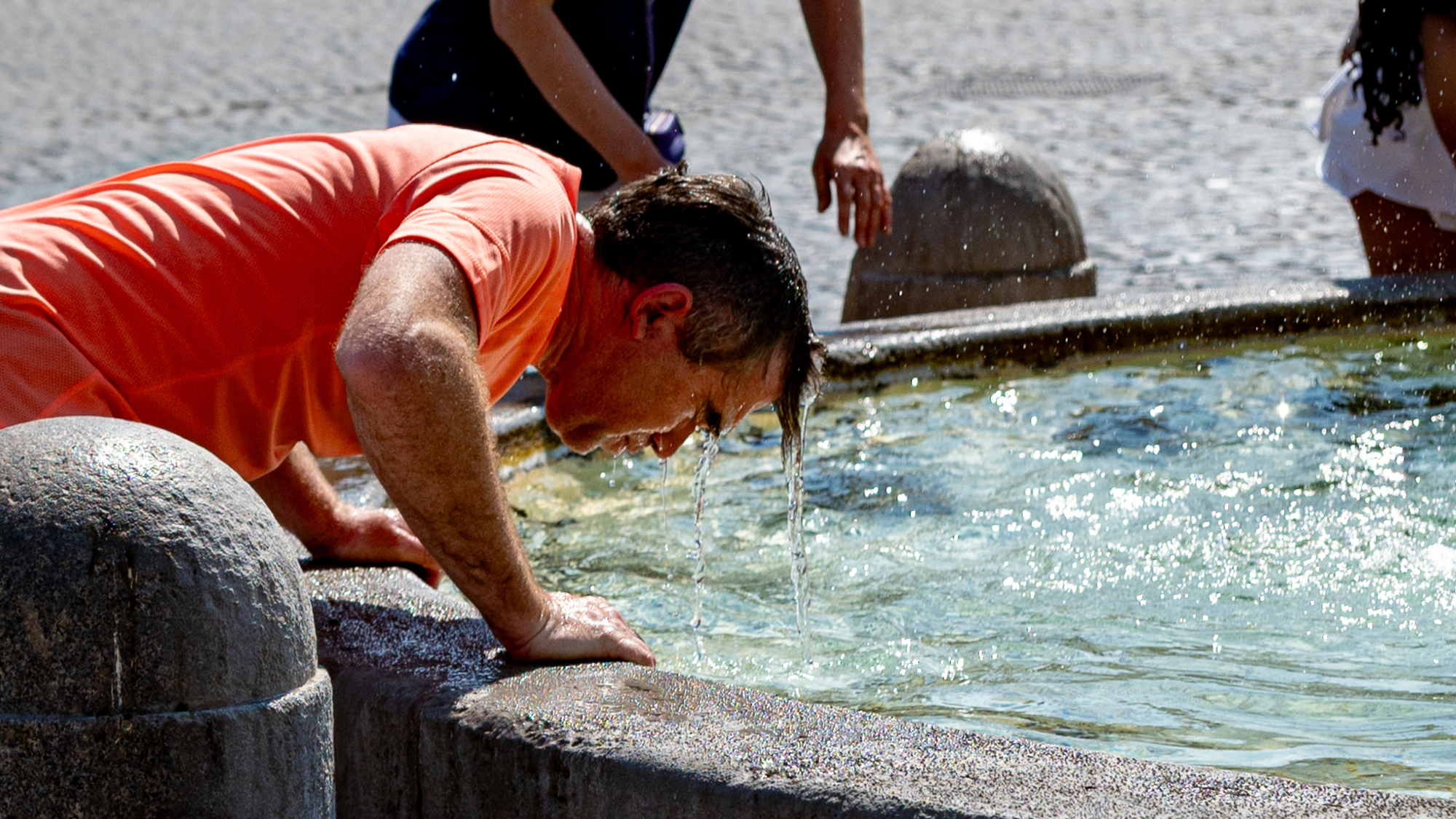 Europe's heatwave: the new front line of climate change
Europe's heatwave: the new front line of climate changeIn the Spotlight How will the continent adapt to 'bearing the brunt of climate change'?
-
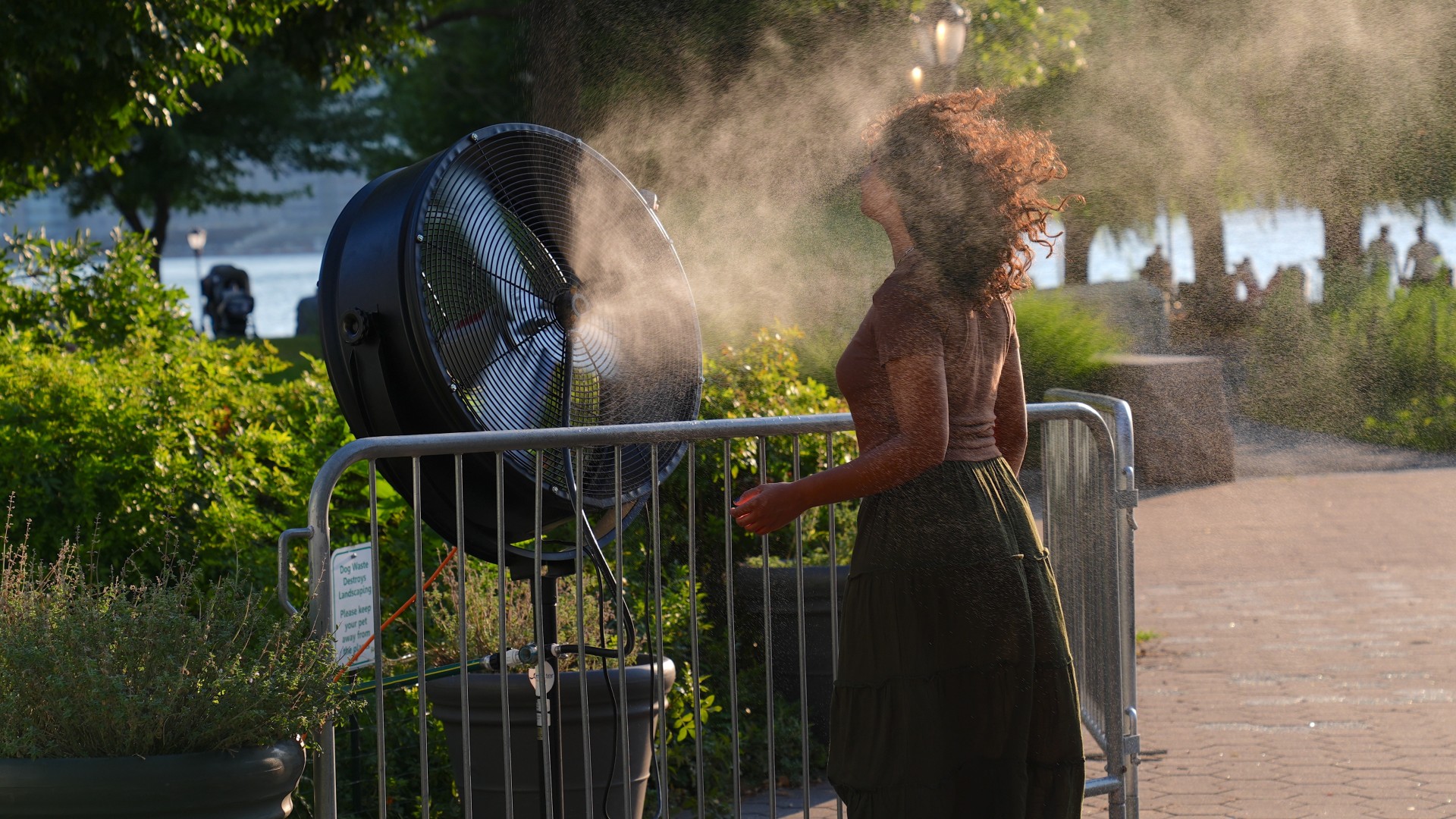 The Earth just saw its hottest day on record
The Earth just saw its hottest day on recordSpeed Read July 21, 2024 was the hottest day in recorded global history
-
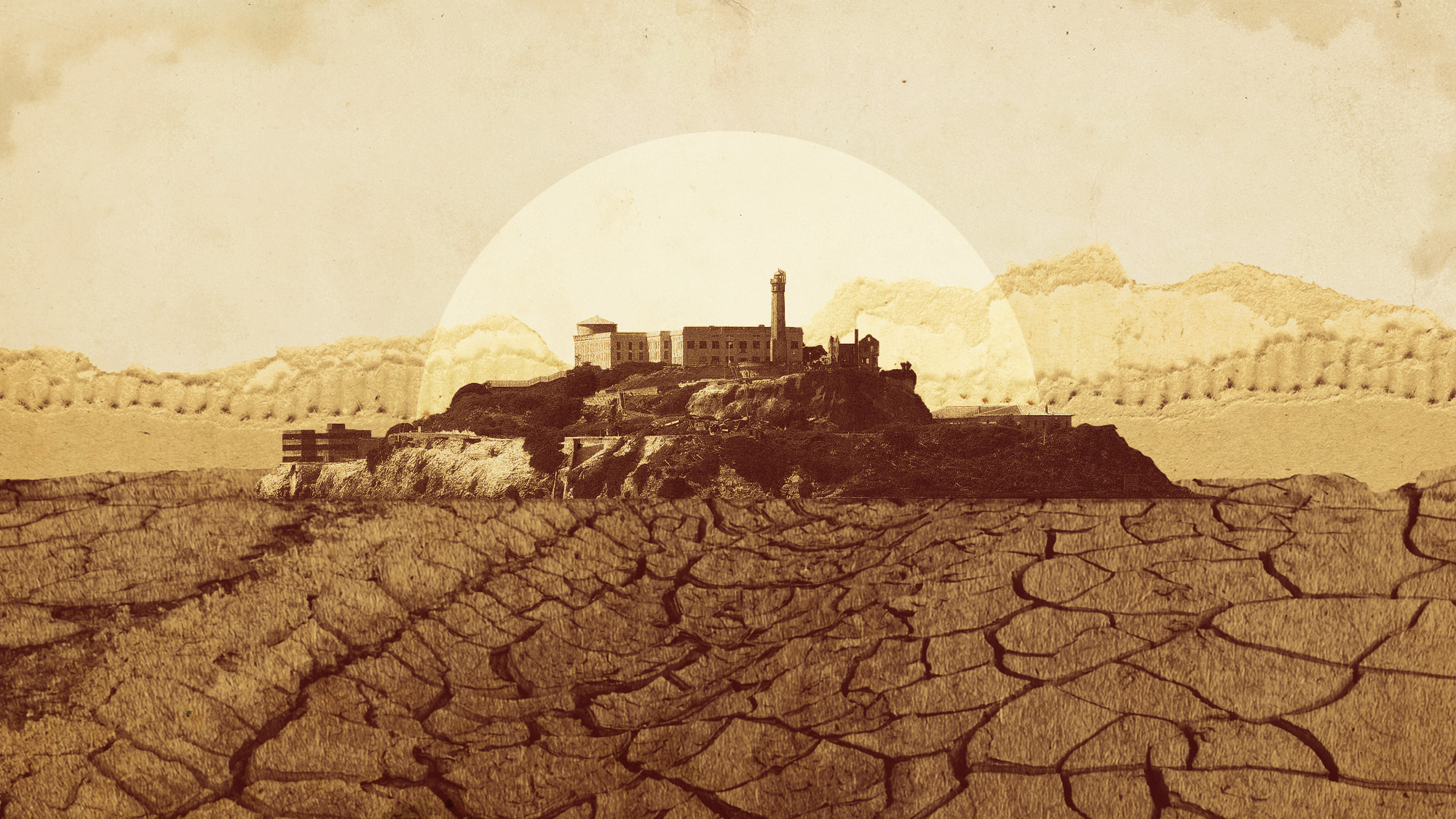 Prisons are simply not prepared for extreme heat
Prisons are simply not prepared for extreme heatUnder the radar Inmates are at severe risk of heat-related illness
-
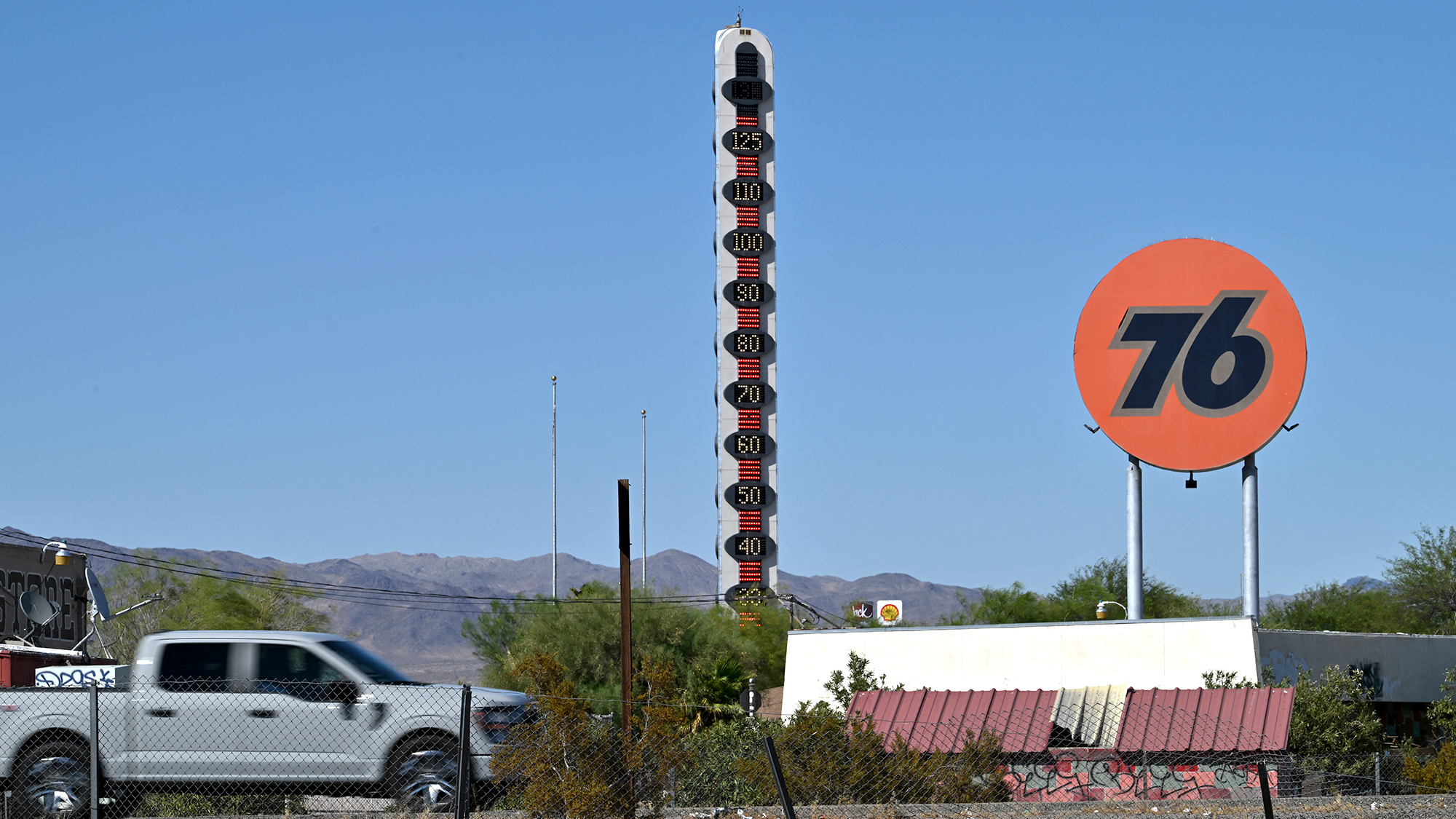 Sweltering heat wave hits much of the United States
Sweltering heat wave hits much of the United StatesSpeed Read An excessive heat warning was in effect for 10% of the country's population
-
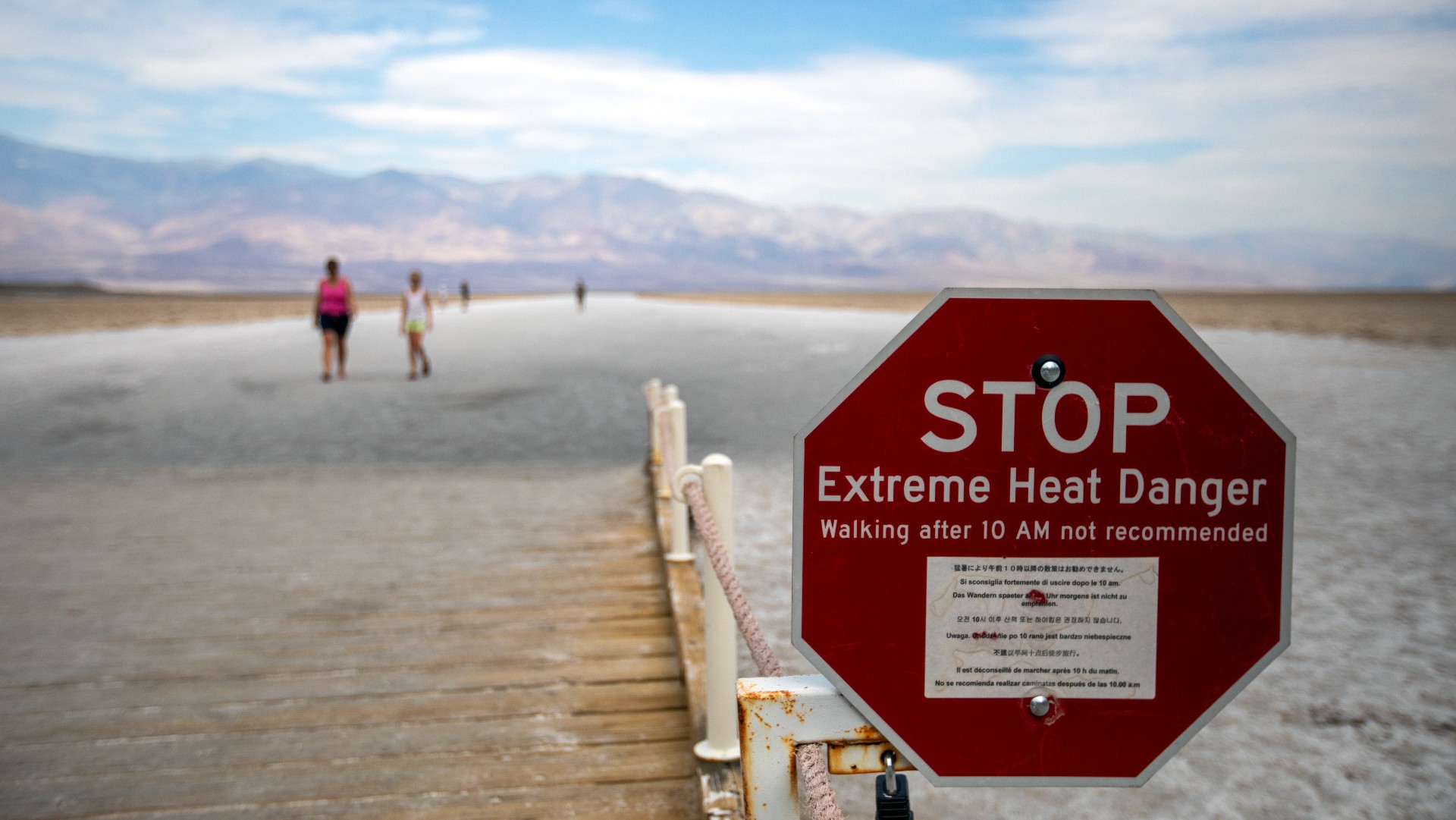 The hottest July: America’s Southwest boils in the heat
The hottest July: America’s Southwest boils in the heatfeature Phoenix residents have suffered burns after falling on the city’s scalding roads
-
 How to make homes cooler without cranking up the air conditioning
How to make homes cooler without cranking up the air conditioningfeature Air conditioners often become the default solution when temperatures rise but they’re not the only answer
-
 Is climate change to blame for Europe’s blistering heatwave?
Is climate change to blame for Europe’s blistering heatwave?feature As temperatures continue to warm, we are seeing changes in the atmosphere that leads to increased occurrences of extreme temperatures


